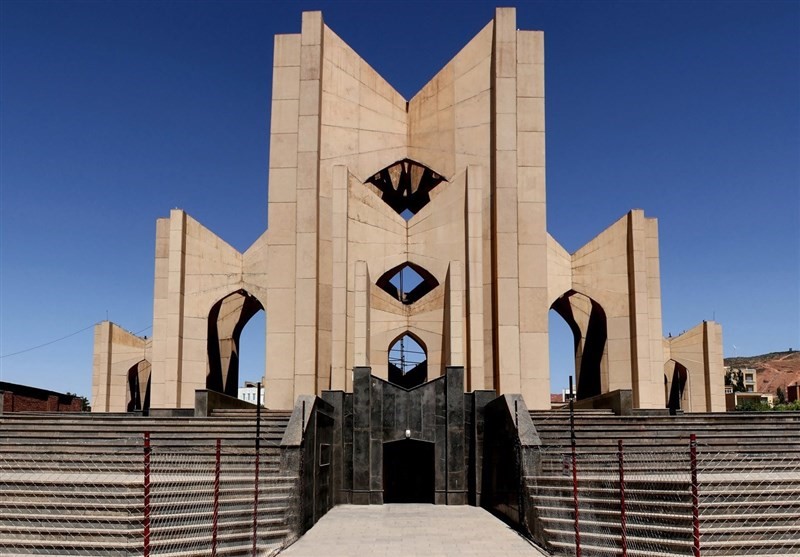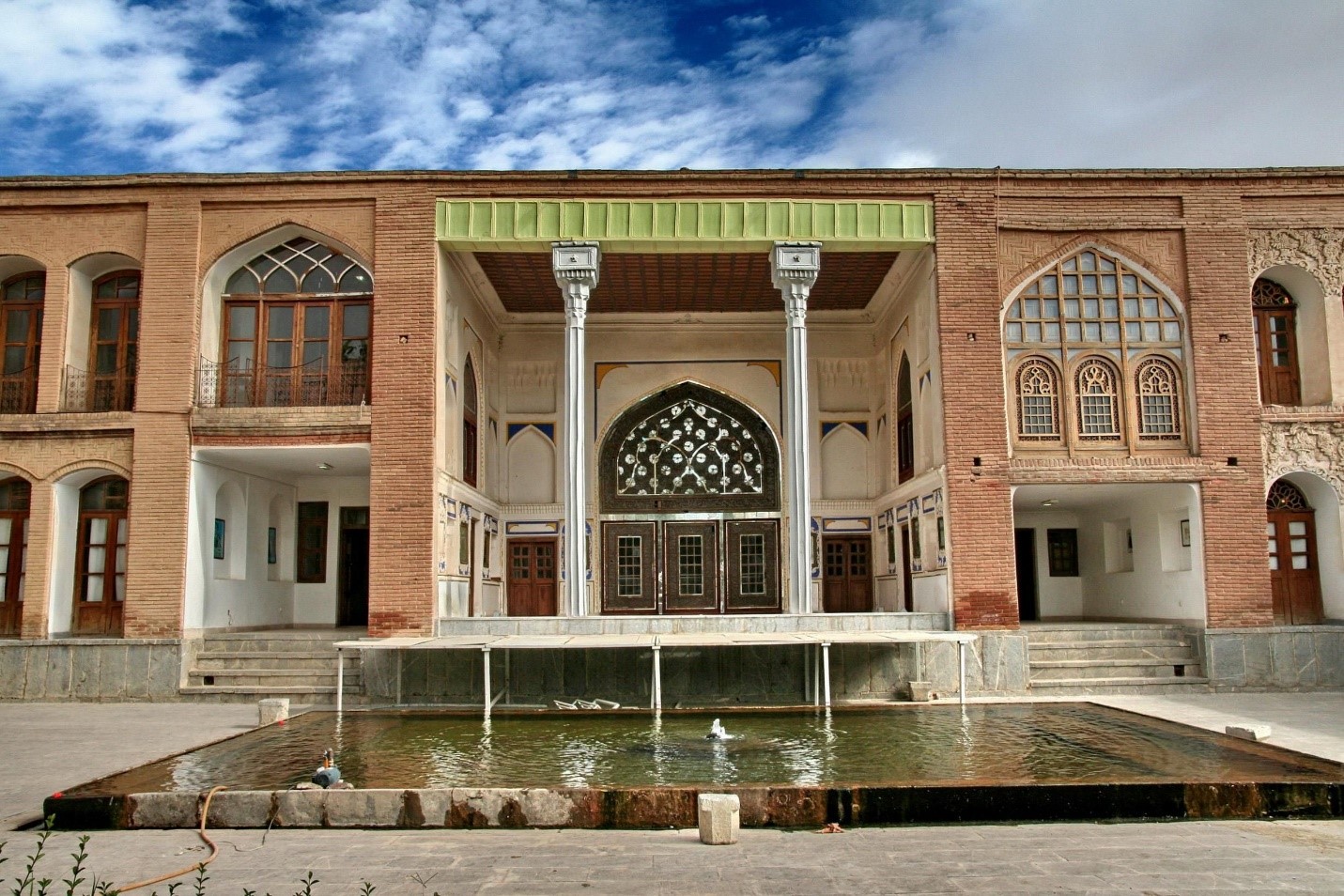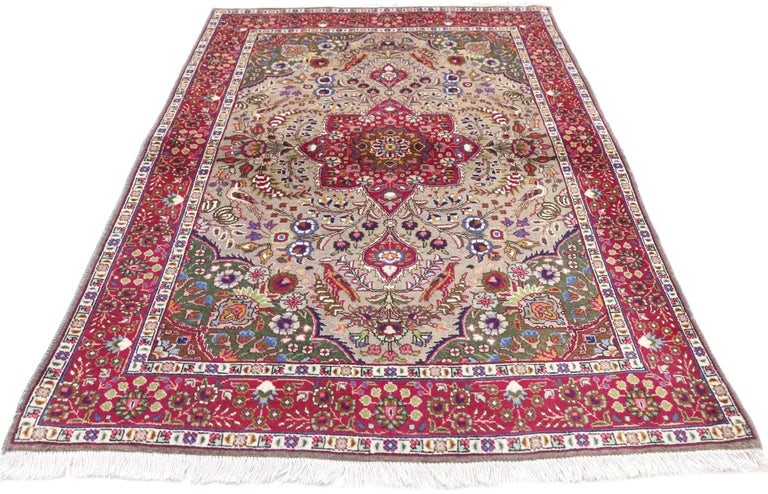Travel to Tabriz will give you the opportunity to visit the birth place of many Iranian poets such as Parvin Etesami, and Mohammad Shahreyari, and National Heroes such as Sattar khan, and Bagher khan.
Tabriz city is the capital of East Azerbaijan province, and forever the protector of Northwestern Iranian boarders.
It is interesting to know that the city of Tabriz is not only a great Iranian economic, and commerce center, but also famously known as the city of Firsts.
The first school for disabled, the first modern day school, first movie theater, first public library, first Seismic center, first fire station, first rapid mass transit, and many other firsts in the country.

Vacation rentals in Tabriz
History of Tabriz
Tabriz has been chosen as the capital for several rulers commencing from Atropates era and his dynasty.
The earliest elements of the present Tabriz are claimed to be built either at the time of the early Sassanid’s in the 3rd or 4th century AD, or later in the 7th century.
Chosen as a capital by Abaqa Khan, fourth ruler of the Ilkhanate, for its favored location in the northwestern grasslands, in 1295.
Under his rule new walls were built around the city, and numerous public buildings, educational facilities, and caravanserais were erected to serve traders traveling on the ancient Silk Road.
In the 13th century many western expediters who visit Tabriz on their way to the east were amazed by the richness of the city, its magnificent buildings and its institutions.
Marco Polo, who traveled thorough the Silk Road and passed Tabriz about 1275, described it as: “a great city surrounded by beautiful and pleasant gardens.
It is excellently situated so the goods brought to here come from many regions.
From 1375 to 1468, Tabriz was the capital of Qara Qoyunlu state in Azerbaijan, until defeat of Qara Qoyunlu ruler, Jahan Shah by Ag Qoyunlu warriors.
Ag Qoyunlus selected Tabriz as their capital from 1469 to 1501.
Some of the existing historical monuments including the Blue Mosque belong to the Qara Qoyunlu period.
In 1501, Shah Ismail I entered Tabriz and proclaimed it the capital of his Safavid state.
In 1514, after the Battle of Chaldiran, Tabriz was temporarily occupied by the Ottomans.
Tabriz retaken by Iranian forces and it remained the capital of Safavid Iranian empire until 1548.
In that year Shah Tahmasp I transferred it to Qazvin to avoid the growing threat of Ottoman army to his capital.
At the end of the 18th century the city was divided into several districts, each of which was ruled by a family, until 1799, when the Qajar Prince Abbas Mirza was appointed as the governor of the city.
During the Qajar dynasty the city was the residence for the Crown Prince.
The crown prince normally served as governor of Azerbaijan province as well.
Some of the most important events in this period were the wars between Qajar Iran and neighboring Imperial Russia.
Contemporary era
Thanks to the geographical closeness to the West and to communications with nearby countries’ enlightenment movements, Tabriz became the center of the Iranian Constitutional Revolution movements between 1905 and 1911, which led to the establishment of a parliament in Iran and the formation of a constitution.
Sattar Khan and Bagher Khan, two Tabrizi reformists who led Tabriz people’s solidarity against absolute monarchy, had a great role in achievement to the goals of Iran’s constitutional revolution.
In 1909, Tabriz was occupied by the Russian forces.
Four months after the constitutional revolution’s success, in December 1911, the Russians reinvaded Tabriz.
After crushing the local resistance by invading Russian troops, they started suppressing the constitutional revolutionaries and residents of the city.
Following the invasion Russian troops executed about 1,200 of Tabriz residents.
As a result of the campaign, Tabriz was occupied by the Russian forces between 1911 and 1917.
With a population of over 1.73 million (2016),Tabriz is the largest economic hub and metropolitan area in Northwest Iran.
The population is overwhelmingly Azerbaijani, though Persian is spoken by residents as a second language.
Tabriz is a major heavy industries hub for automobiles, machine tools, refineries, petrochemicals, textiles and cement production industries.
The city is famous for its handicrafts, including hand-woven rugs and jewellery.
Local confectionery, chocolate, dried nuts and traditional Tabrizi food are recognised throughout Iran.
Located in the Quru River valley, in Iran’s historic Azerbaijan region, between long ridges of volcanic cones in the Sahand and Eynali mountains, Tabriz’s elevation ranges between 1,350 and 1,600 metres (4,430 and 5,250 ft) above sea level.
The valley opens up into a plain that gently slopes down to the eastern shores of Lake Urmia, 60 kilometres (37 miles) to the west.
With cold winters and temperate summers, Tabriz is considered a summer resort.
It was named World Carpet Weaving City by the World Crafts Council in October 2015 and Exemplary Tourist City.
Tabriz winter with snow covered mountains and great ski resorts makes it an ideal choice for downhill ski lovers, or might want to try cross country skiing on some of the fabulous trails.
Where to stay while visiting Tabriz
If you would like to try the private resident accommodations,
Sepanja.com has many gracious hosts throughout the city that offers their suites, apartments, houses, and villas for your stays.
Tabriz also has some great hotels if you wish to stay in a hotel room.
One simple suggestion for you dear visitors.
For your convenience and peace of mind, please Book your accommodations weeks in advance.
Historical places to visit in Tabriz
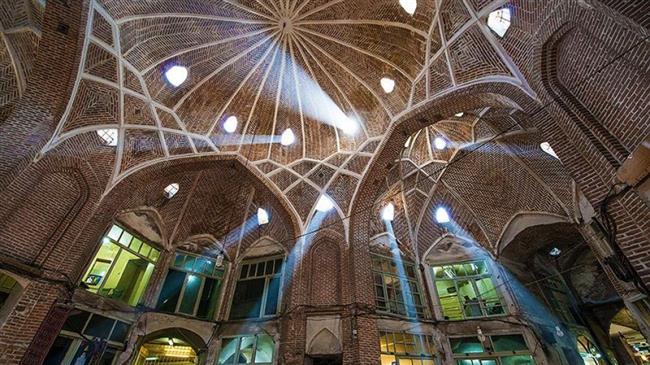
Grand Bazaar
The Tabriz Grand Bazaar with its traditional Azeri’s architectural design makes it one of the most exceptional and the largest in the world, and it’s the place where most daily trades occurs.
The Blue Mosque
Is a historic mosque in Tabriz, Iran.
The mosque and some other public buildings were constructed in 1465 upon the order of Jahan Shah, the ruler of Qara Qoyunlu.
Kandovan Village
Is a village in Sahand Rural District, in the Central District of Osku County, East Azerbaijan Province, Iran.
This village exemplifies manmade cliff dwellings which are still inhabited.
Kandovan is located approx.
30 kilometers southwest of Tabriz.
The Kandovan names drives from it resemblance to Bee hives.
While in Kandovan do not forget to visit some of natural minerals spring water also taste some of the organic honey that they are famous for.
Maqbaratoshoara
is a graveyard belonging to classical and contemporary poets, mystics and other notable people, located in the Surkhab district of Tabriz in Iran.
It was built by Tahmaseb Dolatshahi in the mid-1970s while he was the Secretary of Arts and Cultures of East Azarbaijan.
On the east side of Sayyed Hamzeh’s grave and Ghaem Magham’s grave, there is a graveyard containing the graves of important poets, mystics, scientists and well-known people of Tabriz.
The Mausoleum was first mentioned by the medieval historian Hamdollah Mostowfi in his Nozhat ol-Gholub. Hamdollah mentions it being located in what, at the time, was the Surkhab district of Tabriz.
Since the 1970s, there have been attempts to renovate the graveyard area.
Some work has been carried out like the construction of a new symbolic building on this site.
The first poet buried in this complex is Asadi Tusi (999-1072).
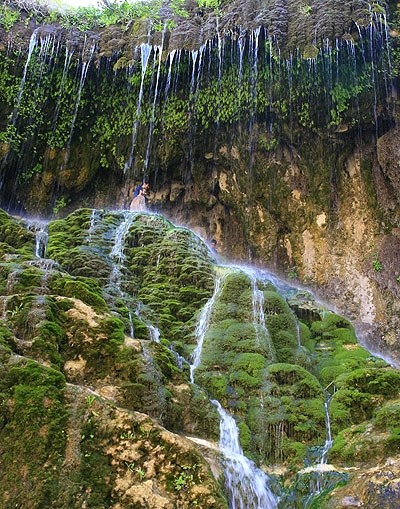
Asyiab Kharabeh waterfall
The Asyiab does not have commercial use due to the old age, but the surrounding waterfall with algae covered hills attracts large some of visitors every year.
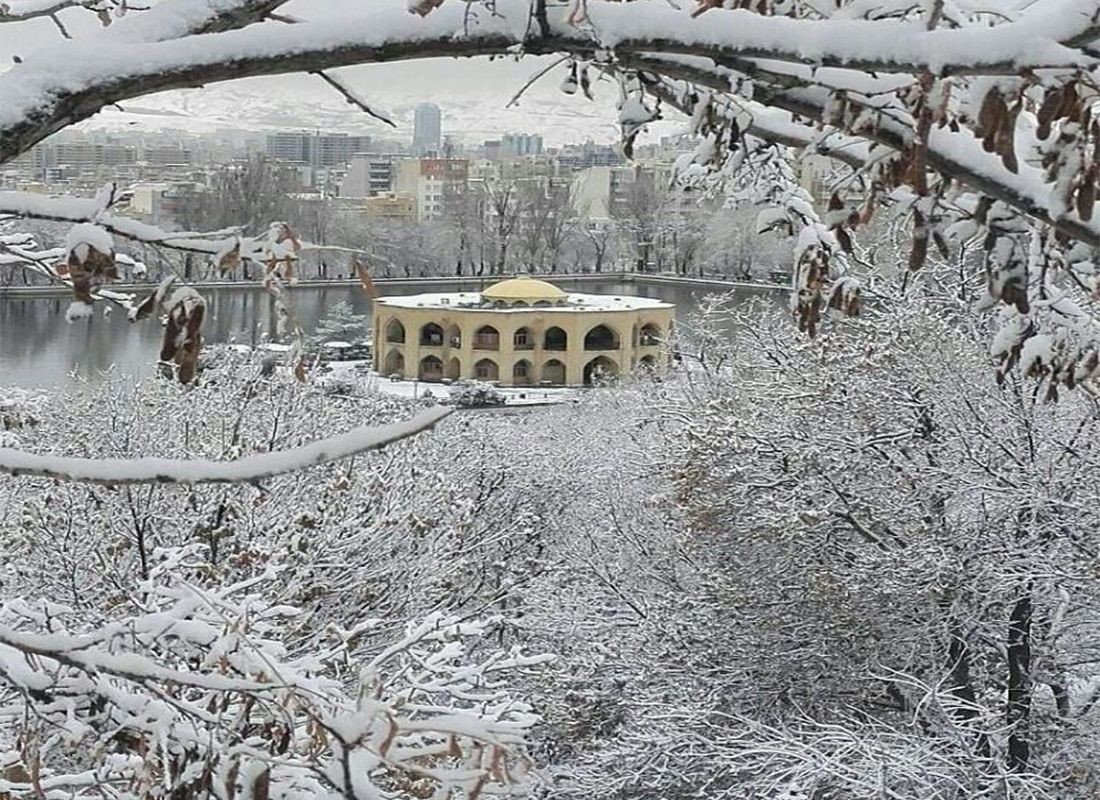
shahgoli park
Elgoli park or shahgoli park is one of the best historical scenic park.
Park is made from almost 500 years ago at south east of Tabriz.
Weather at that area is amazing…
Park has a lot of activities like: restaurant, Monuments, Fountains.
This beautiful rectangular shape lake is great place that Tabriz residence use for different gatherings and strolling.
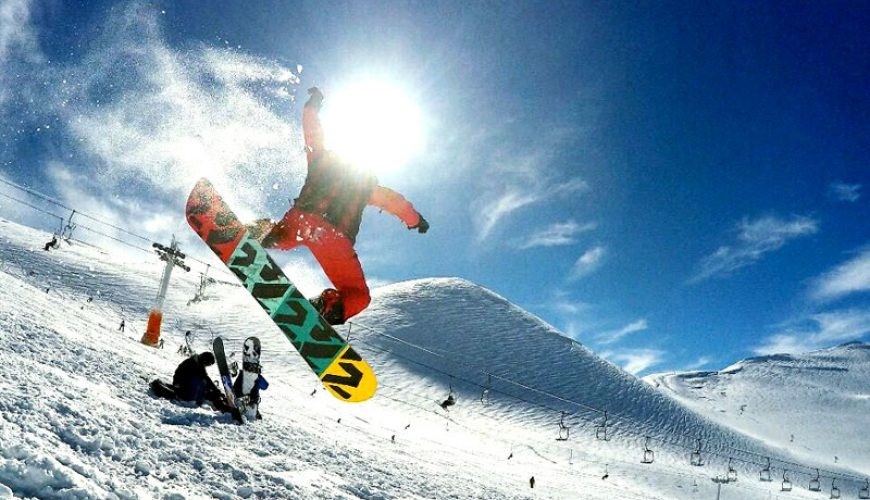
Sahand Mountains
It is one of the highest mountains in Iranian Azerbaijan, in addition to being an important dormant volcano in the country.
The Sahand mountains are directly south of Tabriz, the highest peak of which is Kamal at an elevation of 3,707 m. Approximately 17 peaks can be accounted for as being over 3,000 m, in height.
Due to the presence of a variety of flora and fauna, the Sahand mountains are known as the bride of mountains in Iran.
The absolute dating of Sahand rocks indicates that this volcano has been sporadically active from 12 million years ago up to almost 0.14 million years ago.
Sahand is made chiefly of dacite and associated felsic rocks.
Sahand offers some great Ski runs.
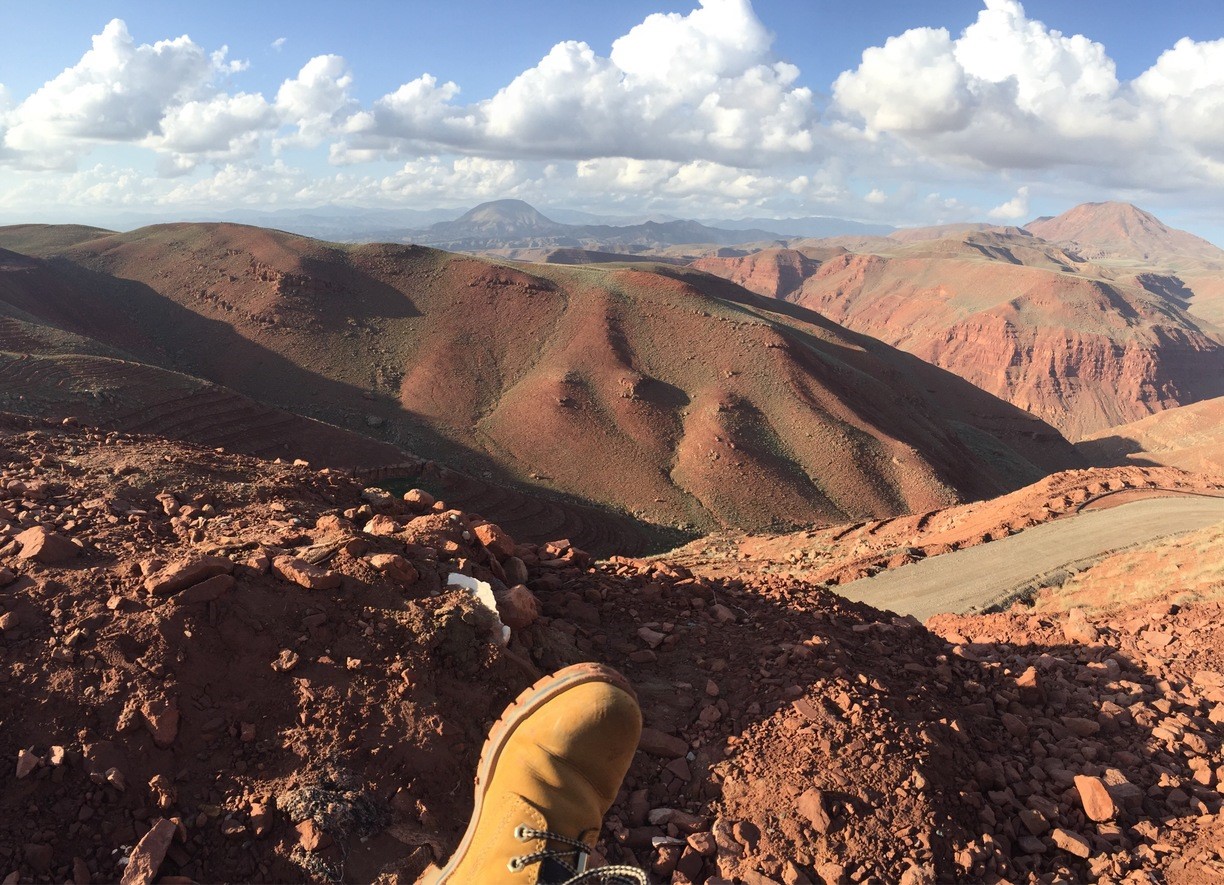
Eynali Mountains
Eynali is a mountain range in north of Tabriz, Iran.
The range has a couple of peaks including Eynali (1800 m), Halileh (1850 m), Pakeh-chin (1945 m), Bahlul (1985 m) and the highest one Dand (2378 m).
It has red soil and Eynali peak and Dand are visible from almost everywhere in Tabriz.
A paved road connects the base in Northern highway of Tabriz to the Eynali peak.
The paved road is only open for pedestrians.
Nowadays the Eynali peak is a daily hiking destination for many residents of Tabriz.
Gurigöl Lake
Lake Gurigöl (also Gurigöl) is a small fresh to brackish lake in the uplands of East Azarbaijan Province in north-western Iran with drinkable water.
it is host to many migrating birds every years.
Together with the adjacent reed marshes it is an important breeding area for waterfowl.
A 1.2 km² site was designated as a Ramsar Convention wetland protection site on 23 June 1975.
Museums
Azerbaijan Museum is the major archaeological and historical museum in Tabriz, in the northwest part of Iran (East Azerbaijan province).
It was established on April 1958.
The museum consists of three major halls, a side yard, office rooms and a library.
It mostly contains objects discovered from excavations in Iranian Azerbaijan, also some artworks and sculptures of artists.
Its library contains more than 2500 books, both handwritten and printed, about history, archaeology, art and Iranian culture.
Apart from National Museum of Iran in Tehran, Azerbaijan Museum has the largest collection belonging to different periods of Iran’s history.
Constitution house of Tabriz ( Mashrooteh Museum)
This ancient building or ‘house’ was the gathering place for the constitutional revolutionary leaders.
In (1868 AD) This building was constructed by the leader of the movement ‘Haj Mehdi Koozeh Kanani’.
Khaneh Mashrouteh is a historical edifice located next to the Great Bazaar of Tabriz, on Motahari Ave.
During the years which led to Constitutional Revolution and afterwards the house was used as a gathering place of the leaders, activists and sympathizers of the movement.
Among them, the most famous people were Sattar khan, Baagher Khan, Seqat-ol Eslam Tabrizi and Haji Mirza Agha Farshi and the founder Haji Mehdi Kuzeh-Kanaani, himself a revolutionary activist and a well-reputed person of the time who was named Abolmele, undefined the father of the nation at the time.
The two-story building was constructed in 1868 by Haaj Vali Memar-e Tabrizi.
The most beautiful part of the house is a skylight and corridor decorated with colorful glass and mirrors.
The first floor is an exhibition of sculptures of famous Iranian constitution revolutionaries and some of their personal belongings, including their weapons, underground published newspaper of the revolution, night letters, the printing machine which was used in the house to publish revolution papers, and numerous photos from the revolution.
One of the rooms in the building belongs to the woman’s role in the revolution.
Tabriz Arts& Crafts
Tabriz has been a large and worldwide famous carpet making center in the Iran and the world.
It played a significant role in development the rich traditions of the decorative and applied arts.
The art of Tabriz carpet was in its zenith in the 12th-16th centuries.
About 200 Tabriz school masterpieces of the classical or “golden” period of the 14th century are characterized by a harmonic merge of the arts of miniature paintings and weaving, by a high level of craftsmanship demonstrated by artists and carpet weavers.
Without the doubt we have come across some of the finest hand made leather shoes and purses from Tabriz.
If you do not have a pair of fine hand made Tabriz shoes or a fine hand made leather purse from these great craftsmans, pick up a pair on your next visit.
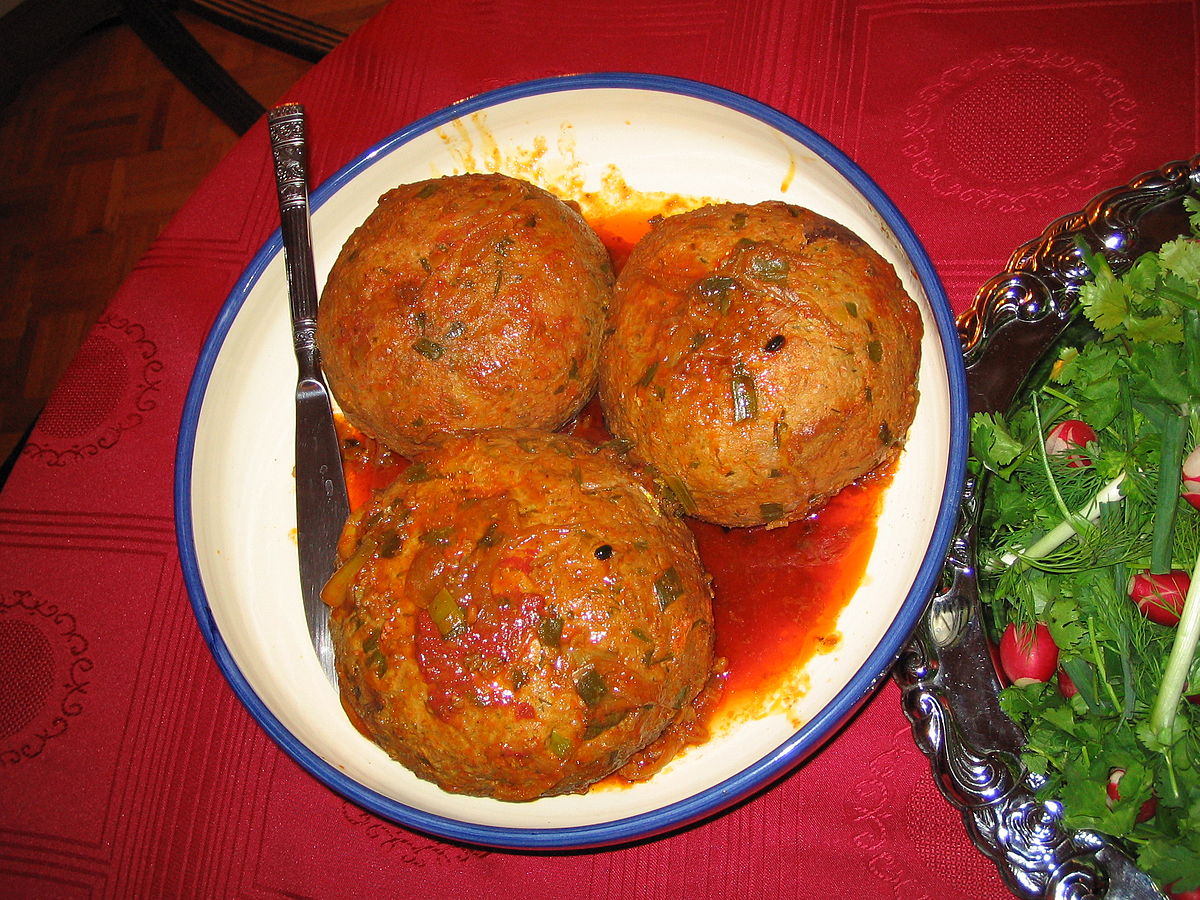
Traditional Tabriz Foods
Some of the most delicious foods I tasted in Tabriz are koofteh Tabrizi, Aash which is kind of soup, Dulmeh, last but not least is Cheloo Kabab.
For your dessert, you do not want to miss their famous Baklava.
Shopping area
If you plan to do some shopping, make sure you do visit the Grand Bazaar.
Other places to shop are Shahnaz Bazaar, Aabresani square, Laleh shopping mall.
Traveling to Tabriz
As the summer approaches, Tabriz weather, friendly Aazri’s people makes it an ideal destination for your vacation.
In 2018 Tabriz was named the vacation capital of Islamic cities.
For your convenience, and peace of mind sepanja.com has your accommodation covered, could it be a Flat, apartment, house or a great villa.
Please do not wait until the last minute.
Reserve your accommodations now.
Sepanja offers vacation rentals all over Iran.
you can explore and rent house in Tabriz from here.




